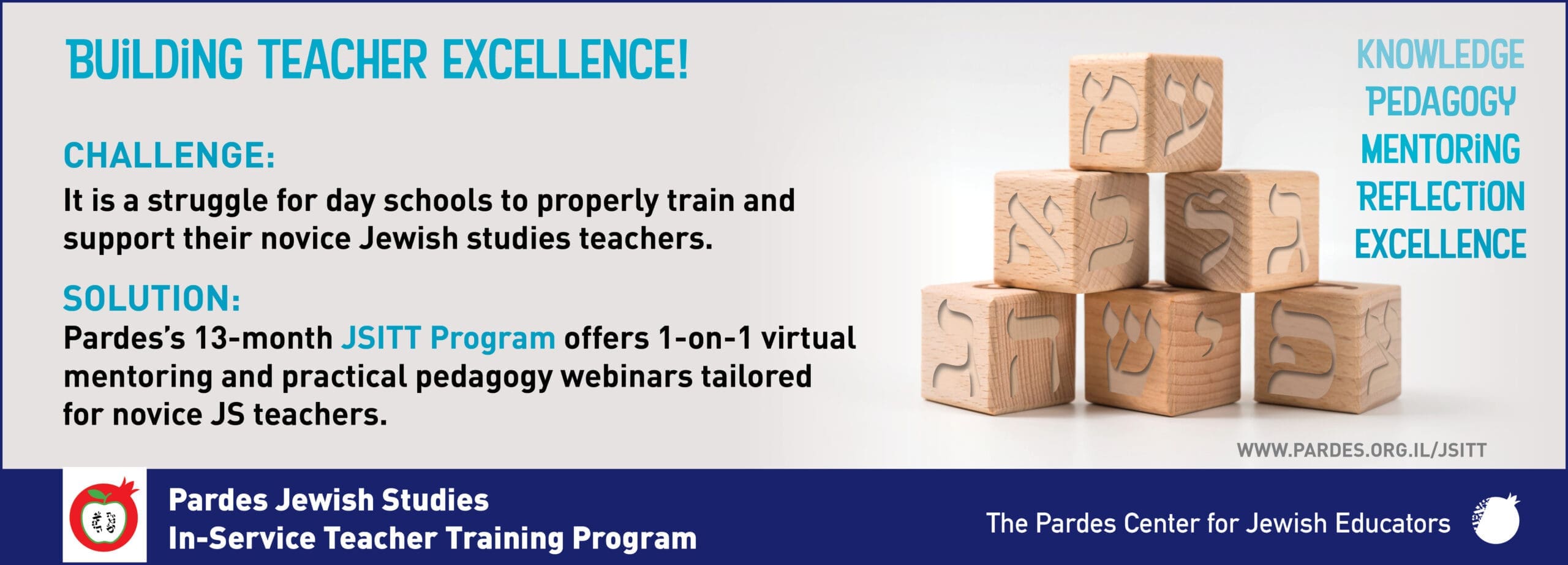Extending the Reach of Rabbinics

Elliot Goldberg is a Consultant and Rabbinics Advisor for Jewish Day School Standards and Benchmarks. Rabbi Goldberg is a certified coach (ACC, CPCC) and provides coaching and consulting services to non-profit and educational institutions.



Cindy Reich, PhD, is Academic Director of Jewish Day School Standards and Benchmarks. She’s had the opportunity to work with community, Reform, Conservative, and Orthodox schools that serve all ages of students. Prior to Standards and Benchmarks, Cindy was the Director of the Talmud Torah of St. Paul Day School.



Aviva Silverman is Director of Field Operations for Jewish Day School Standards and Benchmarks. She has consulted with over 35 schools across the denominational spectrum since the project’s inception and has held positions of leadership in day schools, supplementary schools, summer camp, and as a curriculum writer.
Morah M.’s 5th-grade class is curating a museum exhibit showcasing artifacts that represent family legacy and tradition. The items are described on a placard that explains:
These candlesticks were my Bubby’s and now my mother and I use them for Shabbat. When I chose them, I thought of the story about R. Yehuda HaNasi that we learned (Ketubot 103a). Before he died, he told his family that they should continue to set the table the same way, keeping the lamp in its usual place. We’re sort of doing the same thing when we use Bubby’s candlesticks.
The mention of a Talmudic story is not happenstance, it is a requirement that students reference at least one of a number of texts that they explored as a part of their Dor L’dor unit, one that intentionally integrates the study of Rabbinics into the curriculum. And it is representative of how rabbinic literature can enhance the learning experience.
Consider some additional examples:
- Early childhood students create hallah covers to use in the Shabbat play area. In addition to explaining orally how they are used, they explain how their designs exemplify the principle of hiddur mitzvah as defined in rabbinic sources.
- 3rd-grade students write an apology letter based upon the steps that Rambam presents as the path to forgiveness in the Mishneh Torah.
- 4th-grade students create “gelt” with images and quotations representing the different versions of the Hanukah story found in the Talmud, the Books of Maccabees, and the siddur.
The young students who created all these works did not all engage in formal text study; that is, direct engagement with the texts in their original language and context—but their teachers did. And the faculty used what they learned to shape the student experience and incorporate developmentally appropriate versions of the texts, concepts, and ideas found within to structure the learning experience.
Each of the above examples was designed by faculties who participated in Jewish Day School Standards and Benchmarks. They began by selecting from a menu of standards (broad, overarching learning goals) for Rabbinics education one or two that aligned with their school’s vision for Jewish education. A program consultant and an expert in rabbinic literature compiled texts related to pre-selected topics from their curriculum and which were aligned with their chosen standards. Together with their consultant, teachers studied the texts and deepened their understanding of the content as presented in rabbinic literature and aligned with the school’s chosen standards. The experience exposed them to a broad array of Jewish texts which they could draw from to design student learning experiences, while also fostering collaboration and increasing their confidence in working with authentic rabbinic material in the classroom.
We’re not used to thinking that the learning of Rabbinics starts before students are able to open up a book and study the text, but it does. Any classroom that is teaching about Jewish holidays, rituals, liturgy, and values is teaching Rabbinics, even if the students do not encounter a text as part of their learning experience. Why? Because these aspects of Jewish life were shaped by the rabbis and the literature that they produced.
When schools become aware of this reality, they are able to be more intentional about how they can utilize rabbinic literature to create a rich curriculum and facilitate learning that is rooted in authentic sources and aligned with the school’s vision. In addition, the study process deepens the knowledge base of teachers, the learning experience of students, and a school’s ability to present a clear vision of their curricular goals to current (and potential) parents and other stakeholders.
In our work with Jewish day schools, we engage schools in a conversation about what it means to teach Rabbinics by raising a number of essential questions with the faculty, such as:
- What is their understanding of the definition of “Rabbinics?”
- How does one’s personal understanding of Rabbinics/rabbinic literature align or differ with the school’s understanding?
- What are they already doing that reflects the teaching and learning of Rabbinics? Where is the learning of Rabbinics already embedded in the school?
- How might the learning of original rabbinic sources (by teachers, by students) deepen understanding and engagement in Jewish studies?
- How might rabbinic content be integrated into the classroom experience?
These deliberations enable the school’s leaders and teachers to select standards that will become the framework for teaching and learning. How does this work? Here is an example that describes how these deliberations begin a process that takes teachers from text study through the development of rich lessons aligned with their standards and filled with a deep understanding of rabbinic perspectives on the ritual.
Having decided to revamp their curriculum for teaching Jewish holidays, a school selected the Jewish Identity and Practice standard: Students will develop a rich and nuanced understanding of themselves as Jews and shape their commitments to Jewish practice through a deep engagement with rabbinic teachings and text. They chose the ritual practice of lighting the hanukiyah and its accompanying blessings as the subject matter for the unit that they would develop.
A faculty group met to study selections from the Babylonian Talmud (Shabbat, 21-23) that address the holiday of Hanukah and rituals associated with the hanukiyah. A review of this section brought to their attention a plurality of rabbinic understandings about what actions constitute the essence of the ritual:
- The kindling of lights in our home reminds us of the themes of the holiday.
- Dedicating the light from the candles for this exclusive purpose.
- Seeing the light of the candles is a reminder of the theme of the holiday.
- Placing the hanukiyah in a location where others will see it so that they too will be reminded of the themes of the holiday.
The teachers incorporated what they learned into their unit planning and the resulting lessons (each taking place on a different day of Hanukah) reflected the wide range of themes they uncovered:
- The teacher asks for volunteers to light the hanukiyah. The class gathers, blessings are recited, and candles are lit. The students then participate in a joyful singalong with songs connected to the themes of the holiday.
- When the students arrive, they find the lights off and a hanukiyah already lit in the center of the room. The teacher asks the students to find a comfortable place to sit near the lights. The students are asked to watch the lights for a few silent moments and think about the holiday. Volunteers share their thoughts with the class.
- Students are asked to bring flashlights to school. As the class begins, the teacher turns out the classroom lights. She reminds the class about the practice of not using the light from the hanukiyah for other purposes and asks them to read by flashlights until the candles burn down. At the end of the class, they have a conversation about this experience, and how they might adopt it in the future.
- The teacher facilitates a discussion about public spaces and home spaces where they have seen a hanukiyah. The class brainstorms potential spaces around school that would be ideal for the purpose of reminding others of the holiday.
The combination of text study and use of standards empowered teachers to be intentional about the integration of rabbinic literature into the classroom. The students engaged with rabbinic concepts and rabbinic thinking about rituals and practices—that is to say, they studied rabbinic texts even though they did not necessarily open a book. Through the learning process, students deepened their engagement with a particular ritual and made personal connections to it—which was what the school’s chosen standard was all about.
The example above represents an approach that day schools have implemented successfully not only with early childhood and early elementary students. The approach is also fitting in later elementary, middle, and high school where students are developing the capacity to grapple more directly with the original texts themselves. By the time they encounter written rabbinic texts, they are already familiar with the issues and concepts embedded in them. Students are prepared to engage with sacred texts whether the school offers a traditional Rabbinics curriculum or continues to integrate rabbinic sources into curricular areas like holidays or middot or Jewish values. The key to the process is the commitment to collaborative teacher study and the alignment of learning experiences with school standards.



Elliot Goldberg is a Consultant and Rabbinics Advisor for Jewish Day School Standards and Benchmarks. Rabbi Goldberg is a certified coach (ACC, CPCC) and provides coaching and consulting services to non-profit and educational institutions.



Cindy Reich, PhD, is Academic Director of Jewish Day School Standards and Benchmarks. She’s had the opportunity to work with community, Reform, Conservative, and Orthodox schools that serve all ages of students. Prior to Standards and Benchmarks, Cindy was the Director of the Talmud Torah of St. Paul Day School.



Aviva Silverman is Director of Field Operations for Jewish Day School Standards and Benchmarks. She has consulted with over 35 schools across the denominational spectrum since the project’s inception and has held positions of leadership in day schools, supplementary schools, summer camp, and as a curriculum writer.
Reach 10,000 Jewish educational professionals. Advertise in the upcoming issue of Jewish Educational Leadership.
Do you want to write for Jewish Educational Leadership? See the Call for Papers for the upcoming issue.


FROM THE EDITOR: Fall 2023
Fascinating. Infuriating. Uplifting. Complex. Boring. Inconsistent. Logical. Brilliant. Eclectic. Irrelevant. Compelling. Frustrating. Inspiring. Ancient. Contemporary. The Talmud evokes all the above, and more. I vividly remember my first encounter with Gemara. I must have been ten years old, and my family was in a bungalow colony in the Catskills. Rabbi Cohen taught Gemara to the older boys, of which I was not, but I asked permission to sit in and listen. I loved following the discussions and debates, even though I couldn’t read any of it and retained none of the content.


The Block Method for Teaching Gemara
By its very nature, teaching Gemara seems to defy everything we know about education. When we teach math, or language, or anything else, we start with the simple and easy-to-grasp aspects of the study area and gradually increase the level of challenge and difficulty. For example, we begin with addition and slowly move on to subtraction, multiplication, and division. We certainly don’t touch algebra until these are firmly in place. One couldn’t imagine a math class that requires knowledge of Pythagoras’ theorem presented to a class that has not yet mastered multiplication.


The Puzzling Talmud
A sixteen-year-old American Jewish day school student named Brandon (a self-chosen pseudonym) reports that he likes studying Talmud. What does he like about it? “I like the process,” he says. “It is kinda like a puzzle, that you have to get each word, and fill it in so it creates the whole text.” Brandon approaches his study of Talmud knowing that it’s going to be hard. Every word might take some effort to decode. Eventually, however, he can put it all together.
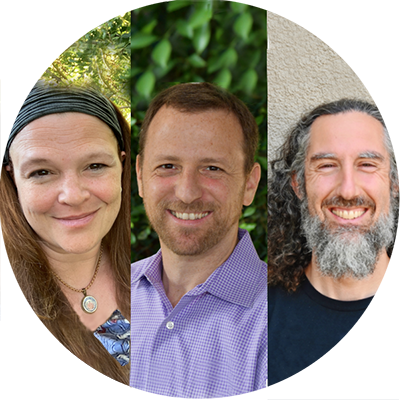

A Multidimensional Approach to Teaching Rabbinics
Pressman Academy is an early childhood through 8th grade school in Los Angeles serving a religiously diverse group of students. The school’s Judaics program, which includes Hebrew language, Jewish history, Tanakh, and daily prayer, affords a maximum of two weekly periods to teaching Rabbinics (in grades 5-8), presenting a significant challenge of what to include and how to approach it.


The Sanhedrin is in Session: Experiencing Rabbinic Literature
On Tuesday morning Rabban Gamliel called the gathered people to order. A letter had arrived from a northern district court in the Galilee which required the attention of the Sanhedrin. Rabban Gamliel took his seat at the head of the semi-circle of esteemed Rabbinic colleagues. R. Yehoshua sat on one side of him and R. Eliezer sat on the other.
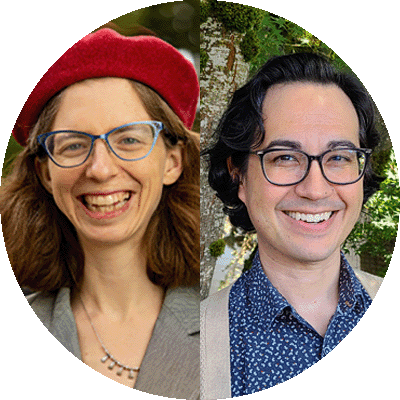

Replacing Relevance with Relationship
A relationship to Talmud study is highly valuable to those who possess it. Few other activities manage to combine elements of intellectual inquiry, spiritual questing, and moral development in the almost alchemical way that the study of Talmud does. And yet, there are a number of hurdles students must overcome in order to develop an independent relationship with the Talmud. First and foremost, studying Talmud in the original Hebrew and Aramaic can feel scary to the uninitiated. Second, the logic of the Talmud is foreign to students at first. Finally, students may wonder what a text from 1500 years ago might have to say to them.


Teaching Talmud in Secondary Schools: Masorah and Modernity
Teaching of Talmud in traditional secondary schools has been a conundrum from the day it was decided to teach Talmud as part of the standard Jewish studies curriculum. Programs for yeshiva high school graduates in Israel and around the world are consistently populated by an overwhelming percentage of students who, even after six years of multiple weekly hours of Talmud instruction in secondary schools, are helpless in the independent study of Talmud. These students are successful independent learners of advanced mathematics, natural sciences, complex technology, and even humanities, but in Talmud, they require an embarrassing degree of spoon-feeding.
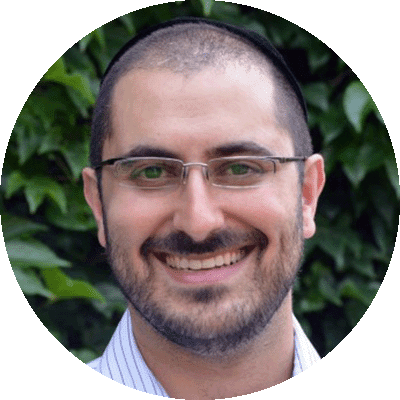

Pre-Mishnah: The Missing Link
I teach 5th grade Judaics at Fuchs Mizrachi School, a Modern Orthodox Zionist school (Cleveland). Upon entering the world of Torah SheBe’al Peh, a student is first greeted by the Mishnah—a complex and sophisticatedly interwoven compendium of Jewish law and wisdom. Students struggle to understand its relevance, how and why it was created, and its importance to the scope of their Torah learning. They ask, “Why are we learning Oral Torah?” and “Why should I care?” but underlying those questions is the more fundamental, “What is the Oral Torah?” While some choose to address this piecemeal over the span of many years, I believe that it is important to address it up front, in an organized manner.


Anatomy of a Gemara Lesson
You have been there, too, right? You thoroughly prepared a Gemara lesson by formalizing how you will explain the shakla vetarya, you concocted attention-grabbing examples and cases, charts to organize the conflicting opinions, and provided a translation and question practice worksheet. You slowly read the Gemara aloud while students annotated the text or completed linear translation sheets. You patiently and clearly explained the concepts and reasoning on a first, second, and even third pass of the reading.
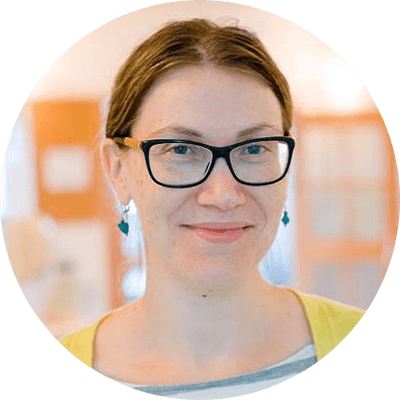

Making the Case for Agada
The rabbis of the Talmud were intentional and thoughtful educators; an example of their consummate pedagogic skill is the way they interspersed narratives into their halakhic writings and teachings. Their use of agadot is an effective teaching tool because, simply put, people love stories. We evolved to tell stories, to become compelled by stories, to connect to the characters, drama, and tension in stories. Stories draw in our students and they have the power to make them care.


Tokhehah Leshem Shamayim
One day, in a 7th grade lesson during our unit on tokhehah (the mitzvah of rebuke), a student shouted out from across the classroom: “This is tokhehah leshem shamayim!” In this moment, with one eloquent and original phrase, this 7thgrader had connected the learning in our current unit of tokhehah with the concept of leshem shamayim (for the sake of heaven) from our previous unit of mahloket (disagreement). This delighted us because it showed that the concepts of mahloket we had been teaching were not just retained for the duration of our unit, or for a test, but were concepts students internalized, held on to, and could apply to new settings and used in unique ways.


Talmud Education for Diverse Learners: Taking the “Long but Short” Road
Teaching Talmud to weaker students can present many challenges not typically found in traditional Gemara classes. Navigating a text in a foreign language, especially one with the unique structure and rules of the Talmud, can be daunting for those grappling with language-based difficulties. Educators must realistically decide which teaching method—skill-based or discussion-based—will best set diverse learners up for success, and how demanding a Talmud course should be for students not likely to pursue this type of Torah learning in the future.


Teaching Talmud Guided by Essential Questions
Standing at the edge of the sea can be an awe-filled experience—the incomprehensibly vast expanse of water with no end in sight is both inspiring and intimidating. We would not consider entering it, whether to swim, sail, surf, cruise, or dive without proper preparation. Similarly, the Sea of Talmud is rich with information, personalities, debates, and much more. It, too, can inspire and intimidate with its vastness and complexity, and we should not expect our students to be able to jump in and navigate it without context and a roadmap. To prepare our students as they embark on their journey into the Oral Torah, we need to define our goals and our strategies for achieving them.
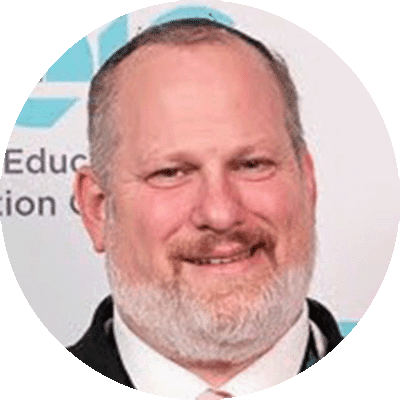

An Alternative Approach for Teaching Talmud
In my first year of teaching, I taught a student whom we will call Yossi. From the time he started 1st grade reading groups, Yossi was placed in the lowest track. This pattern persisted through my 11th grade Gemara class. A few weeks into the first semester of 11th grade, Yossi approached me after class to ask me a burning question which he was embarrassed to ask in front of his peers. He asked, “Who is Rabbi Baraita?” I said, “What do you mean?” He responded, “My past teachers kept explaining ‘the Baraita says…’ Who is Rabbi Baraita and why is he referred to as the Baraita?”


“Wait, What?!” Teaching Jewish Law in a Reform Jewish School
As a teacher at Rodeph Sholom School (RSS), I have for some time considered what it means to teach Torah SheBe’al Peh in a Reform Jewish independent school. What I offer here is a taste of how my colleagues and I have strived to shape our 7th grade Rabbinics unit so that it is aligned with our school’s mission and meets the needs of our specific community of learners. And while every school is unique, I am hopeful that the insights I’ve gained from teaching one unit on the development of Jewish law are instructive for any Jewish day school grappling with teaching Torah SheBe’al Peh.


A Learner-Centered Approach to Teaching Gemara
Traditional methods of teaching Gemara, such as hevruta learning followed by an interactive shiur, have stood the test of time. When teaching beginner students, however, this approach is less common, given their lack of prior knowledge or skills. As a result, many teachers prefer a frontal approach, perhaps projecting the daf on the SMART board and presenting the text phrase-by-phrase while students take notes between the lines of the traditional Vilna text. If hevruta time is used, it is often for the students to review material rather than for them to try to decipher the text. In this article, we are going to propose a method for using a modified version of the traditional approach which can be used for learners starting out on their Gemara learning careers.
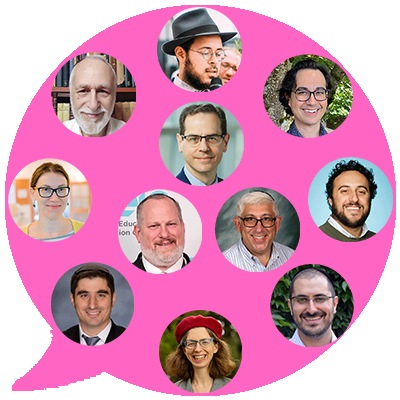

Why Learn Talmud?
Some of the articles in this issue describe the joy of studying Talmud, others break down the complex processes to make it more accessible to students or to enable the students to engage with it meaningfully. And just to make sure that we covered the bases of both the how and the why of Talmud study, we asked our authors to weigh in separately on the question: “Why do you think that day school students should be learning Gemara/Rabbinics?” We invite you to join that discussion.
Fall 2023 Journal Credits
JEWISHEDUCATIONALEADERSHIP
Jewish Educational Leadership is a publication of The Lookstein Center for Jewish Education of Bar Ilan University.
Chana German, Executive Director
JOURNAL STAFF
Hyim Brandes | Editor
Zvi Grumet | Editor-in-Chief
Chevi Rubin | Editor
Shani Sicherman | Copyeditor
Please send correspondence regarding journal content to zvi@lookstein.org.
The Lookstein Center publications present a variety of viewpoints. The views expressed or implied in this publication are not necessarily those of the Center.
EDITORIAL OFFICES AND ADVERTISING
The Lookstein Center for Jewish Education
Bar-Ilan University
Ramat Gan 5290002 Israel
Tel: +972-3-531-8199
US: +1-646-568-9737
www.lookstein.org
© 2023 by The Lookstein Center for Jewish Education.
All rights reserved.


